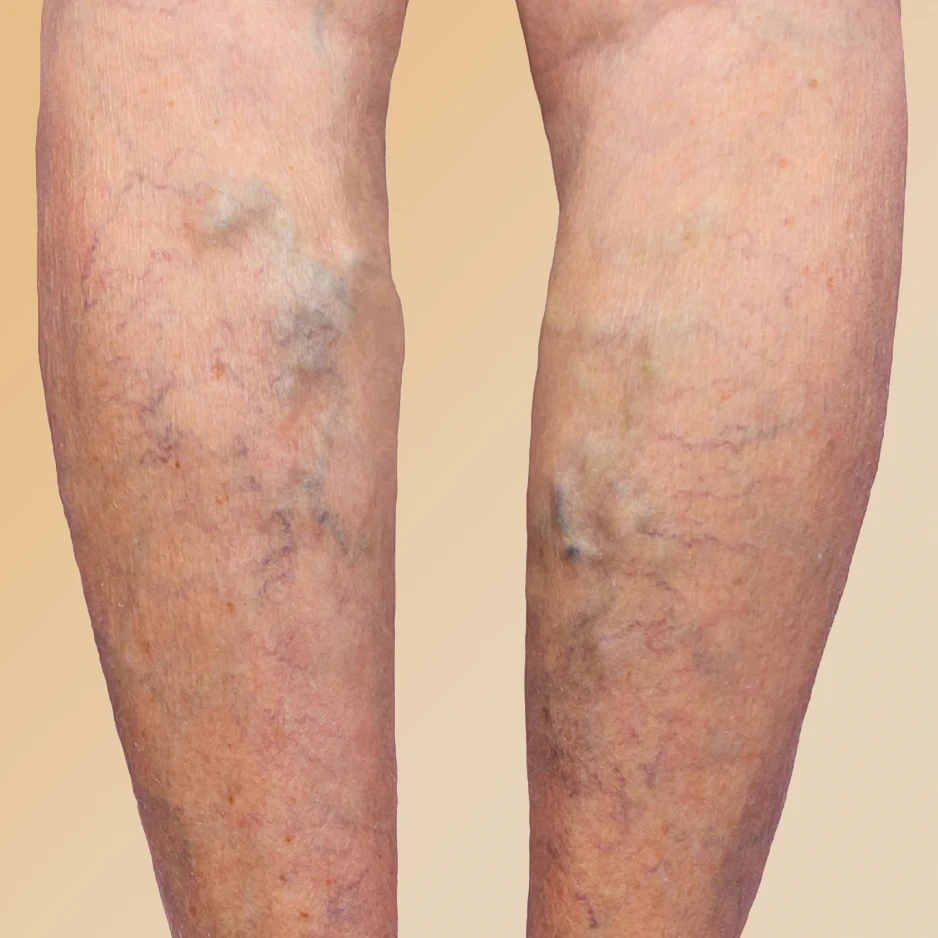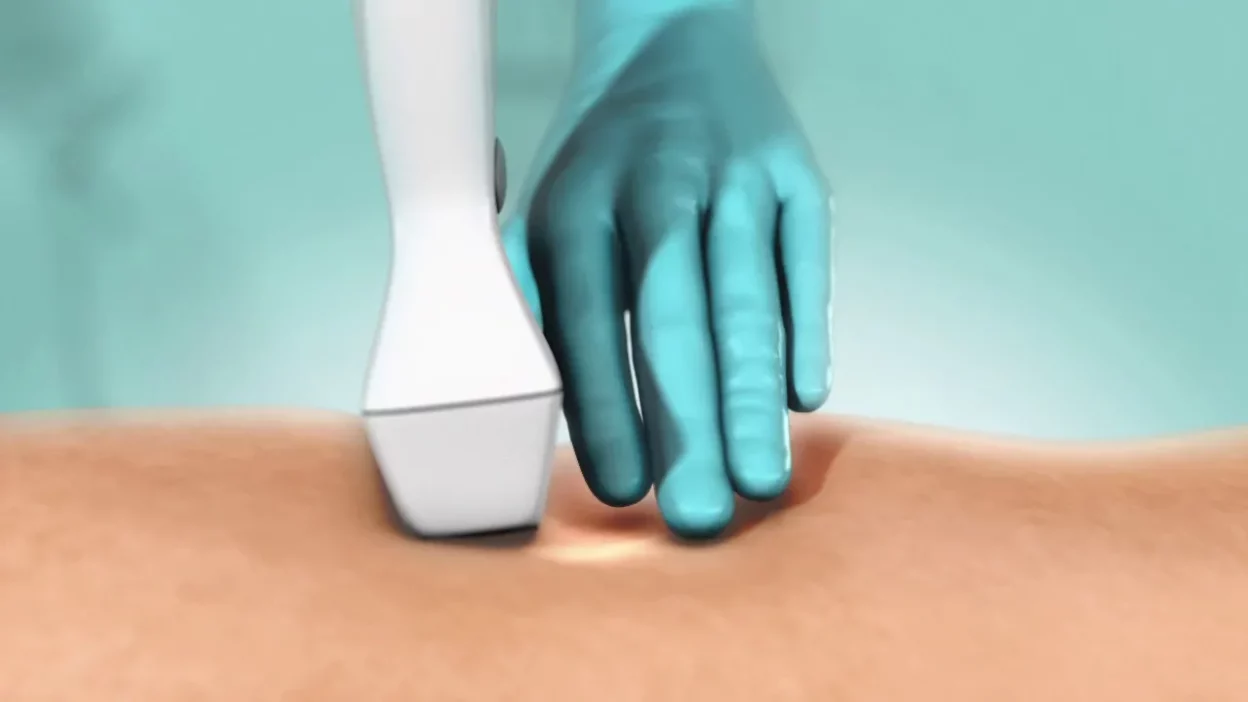Vein Disease: Symptoms, Causes & Treatment Options
Venous Insufficiency
Healthy leg veins have valves that keep blood flowing to the heart. Venous insufficiency develops when the valves stop working correctly and allow blood to flow backward (i.e., reflux) and pool in the lower leg veins. If venous insufficiency that many insurances will cover is left untreated, symptoms can worsen over time.
Potential signs and symptoms of venous insufficiency:
- Varicose veins
- Aching
- Swelling
- Cramping
- Heaviness or tiredness
- Itching
- Open skin sores
- Restlessness

Venous Insufficiency Explained

Who is at risk for venous insufficiency?
Venous insufficiency can affect anyone; gender and age are factors that may increase your risk. For example, women older than 50 are more likely than others to develop venous insufficiency. Other factors that may increase your risk include:- Family history
- Sedentary lifestyle
- Trauma
- Prolonged Standing
- Obesity or excess weight
- Current or previous pregnancies
- Smoking
Prevention
Lifestyle changes may be recommended for mild forms of venous insufficiency to control existing symptoms and prevent others. The following measures may help prevent varicose veins:- Manage body weight
- Exercise regularly, focusing on exercises that work your legs (run or walk)
- Elevate your legs whenever possible
- Avoid prolonged standing or sitting
- Avoid clothes that are tight around the waist, groin, or legs
- Avoid shoes that limit the use of calf muscles (i.e., high heels)
- Eat a diet low in salt and rich in high-fiber foods
Treatments
Varicose veins are often misunderstood as a cosmetic problem, and many people living with them do not seek treatment. The good news is that minimally invasive treatment options are available for varicose veins and venous insufficiency.- The ClosureFast™ procedure uses controlled and consistent heat delivered by the ClosureFast™ catheter to seal the diseased vein. Once the vein is closed, blood is rerouted to nearby healthy veins.
- The VenaCureEVLT™ procedure uses targeted laser energy to seal the faulty vein shut.
- The VenaSeal™ closure system delivers a small amount of proprietary medical adhesive to the diseased vein. The adhesive seals the vein, and blood is rerouted through nearby healthy veins.
Varicose Veins Quiz
Dispelling the myths: how much do you know about varicose veins?
Have you always thought varicose veins and spider veins are the same? Did you hesitate to treat your varicose veins because you thought the procedure was cosmetic and not covered by insurance? Take this short quiz to test your knowledge about varicose veins and see how much you know.
Schedule an Appointment
If you believe you have the signs and symptoms of vein disease, schedule a diagnostic appointment at Minneapolis Vein Center.
Our online scheduling option makes it easy to find a convenient time that works for your schedule.
Conditions We Treat
Quick Links
Pay your bills securely online with credit cards, debit cards, or checks.
(763) 398-8710
veincenter@mplsrad.com
2800 Campus Drive, Suite 20
Plymouth, MN 55441